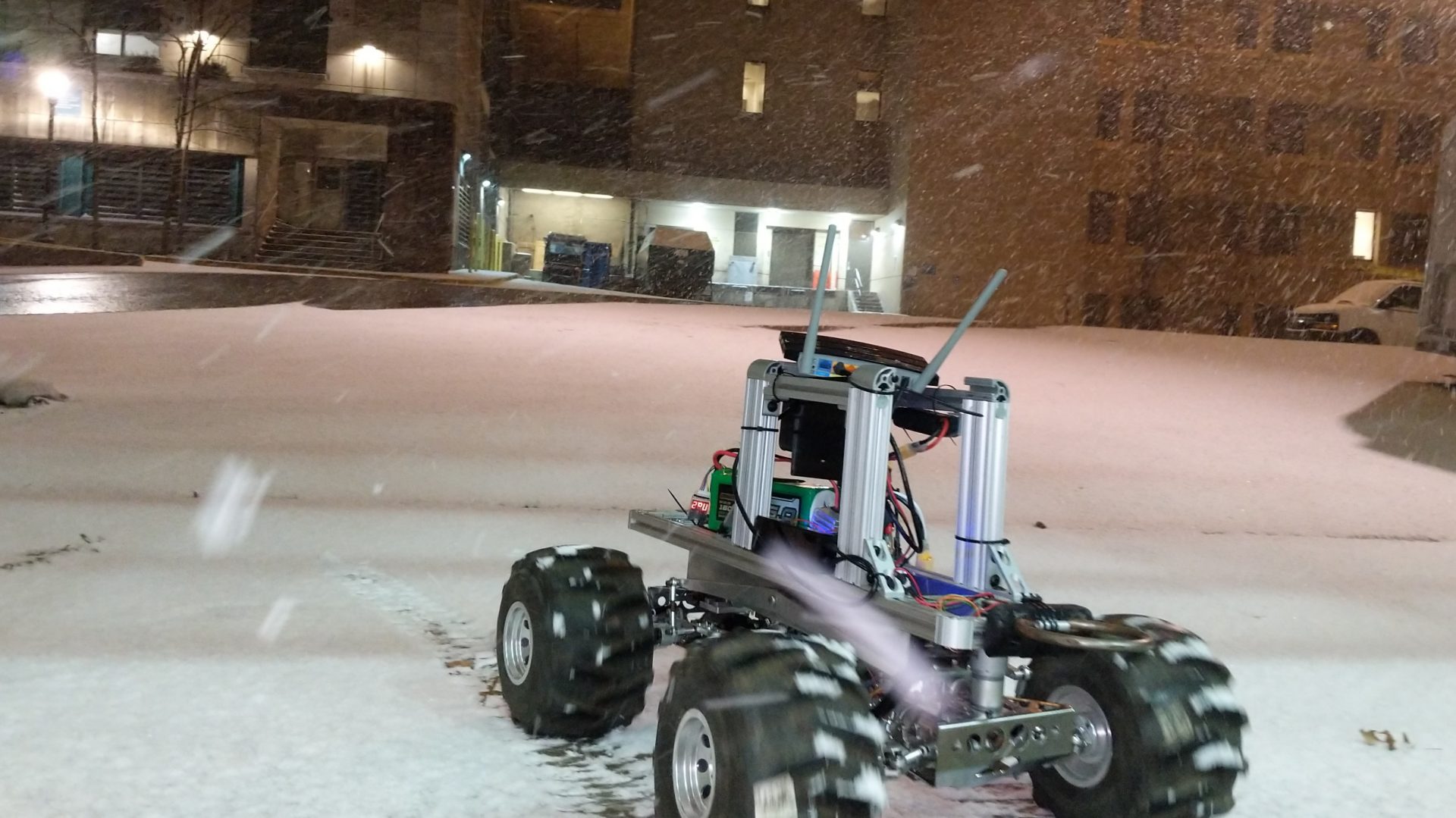Spring Validation Experiment
Location: The Mall
Environment: 20m x 20m flat unobstructed area
Equipment: 2 Autokrawler rovers, 1 base station (Laptop), 2 Joysticks, 1 WiFi Router
Test 1: Range and bearing measurements
Steps:
Success Conditions:

Test 2: Colocalization capabilities
Steps:
Success Conditions:

Fall Validation Experiment
Location: Lafarge Construction Site
Environment: 20m x 20m mapped area with a Pit like structure and obstacles, slopes
Equipment: 2 Autokrawler rovers, 1 base station (Laptop), 1 WiFi Router
Test 1: 3D reconstruction with emphasis on path planning around the pit.
Steps:
Success Conditions:
Test 2: Planning simulation in different scenarios (Simulation)
Steps:
Success Conditions

